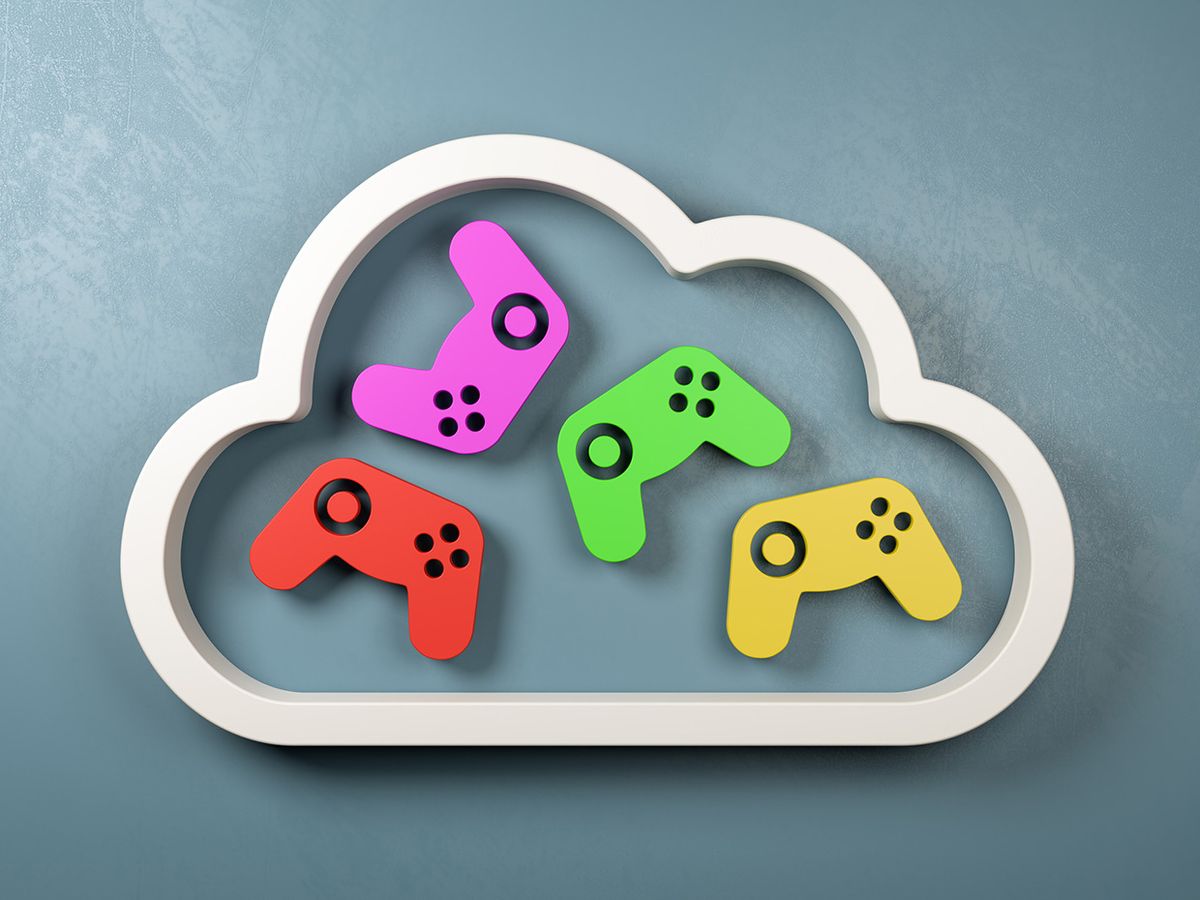THE INSTITUTE It's no surprise that with people staying home more because of the COVID-19 pandemic, the global online gaming market, including e-sports and cloud gaming, has grown by record amounts. The industry grew nearly 22 percent last year and generated more than US $21 billion in revenue, according to Statista. The consumer data company estimates there are currently 981 million online gamers and forecasts that number to surpass 1 billion by next year.
E-sports is one of the most popular game forms. Statista reported that last year there were about half a billion e-sports followers. Team competitions are played at stadiums around the world before thousands of fans watching on screens and many more streaming the event from Twitch or a similar website. Dota 2 and Fortnite are among the most popular games. Some winners earn millions of dollars. In-person tournaments are expected to be held again once COVID-19 restrictions ease.
International e-sports organizations have been established in the past few years to professionalize the pastime.
Cloud gaming is catching on because users can stream games stored on a remote server to their mobile device, eliminating the need for gaming consoles and PCs. People can play games on different devices, access content through apps or browsers, or share the game with others. Grand View Research forecasts the size of the global cloud gaming market to reach more than $7 billion by 2027.
With the growing popularity of both types of online games come concerns that the industry isn't doing enough to address issues that might slow down its progress.
They include the lack of technical standards to address bandwidth, connectivity, interoperability, and latency issues. Other concerns include security risks from viruses, Trojan horses, and plug-ins. The need to prevent cheating and ways to improve the quality of the live events and streaming sessions are other areas that need attention.
The new IEEE Computer Society Online Gaming Standards Committee plans to address the challenges. It is developing technical standards to cover online gaming and e-sports development, publishing, and operations, and has established two working groups: Technology for Electronic Sports and Cloud Gaming.
Here is an overview of what each group is working on.
IMPROVING INTEGRITY AND PRODUCTION VALUE
As with other professional sports, players in e-sports tournaments compete for titles and cash prizes. Some players try to obtain an advantage by cheating. In e-sports, cheating is often done by using technology to slow down or disable an opponent or fix a match.
IEEE P2946, Guide for Electronic Sports Integrity, creates a uniform guide to stop, detect, and record cheating. The document includes procedures and methods to prevent identity theft, the fixing of matches, and the unauthorized use of devices. The guide includes a review of technologies that could help stop fraud, such as facial recognition; voiceprint comparison; and position, plug-in, and spoofing detection programs.
Spectators who watch e-sports tournaments increasingly want a better immersive experience during live broadcasts. IEEE P2947, Guide for Broadcasting Electronic Sports Events, addresses the technical aspects of how live matches are presented. The standard covers how to handle the coding, recording, and transmission of in-match action. In addition, it considers contingency plans should a live broadcast be interrupted, such as backing up the data and the user profiles.
COMMON FRAMEWORK FOR CLOUD GAMING
Key technical features and components of a cloud gaming system are different from those of traditional mobile games, so a standardized framework is needed. IEEE P2948, Standard for Framework and Definitions for Cloud Gaming, details the roles and streaming modules of cloud gaming from the perspective of users and the system. The framework provides a reference architecture for the design and construction of games. In addition, the standard defines and categorizes genres of games and their technical requirements.
Because cloud gaming involves streaming from remote servers, it can have disadvantages compared with traditional games, including poor audio and video quality. IEEE P2949, Recommended Practice for the Evaluation of Cloud Gaming User Experiences, aims to improve that by creating a comprehensive set of evaluation methods and models and a description of what the user experience should be. The document addresses how to evaluate audio and video quality as well as the stability of games.
SEEKING PARTICIPATION
Whether your background is in game development or e-sports tournament organizing, or even if you're simply a dedicated gamer with a passion for seeing the industry reach its potential, consider joining the IEEE Computer Society Online Gaming Standards Committee.
To receive updates about the committee and its working groups, subscribe to the public e-mail distribution list.
IEEE membership offers a wide range of benefits and opportunities for those who share a common interest in technology. If you are not already a member, consider joining IEEE and becoming part of a worldwide network of more than 400,000 students and professionals.
Kathy Pretz is editor in chief for The Institute, which covers all aspects of IEEE, its members, and the technology they're involved in. She has a bachelor's degree in applied communication from Rider University, in Lawrenceville, N.J., and holds a master's degree in corporate and public communication from Monmouth University, in West Long Branch, N.J.



